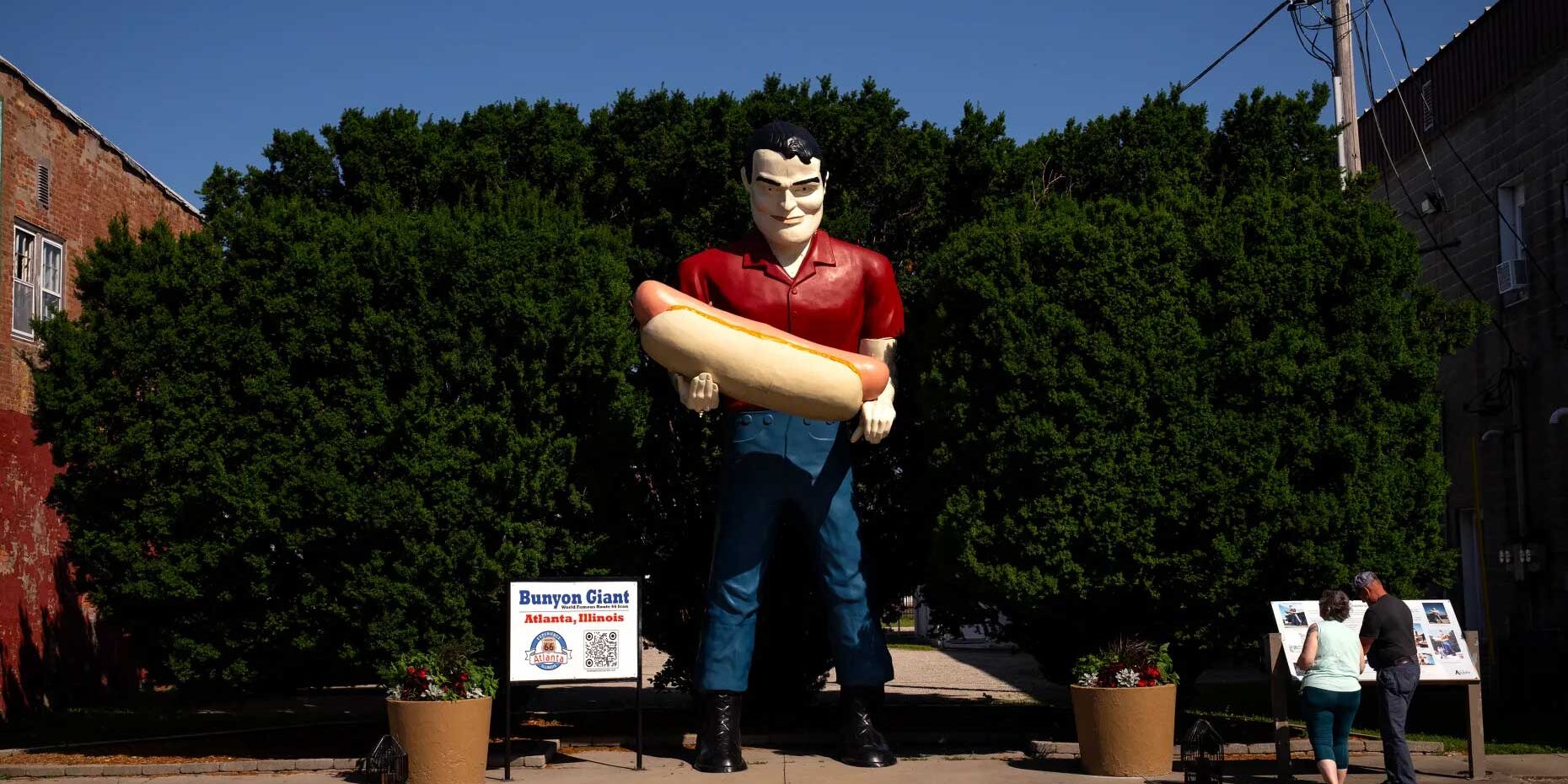NYC’s Lost Amusement Parks
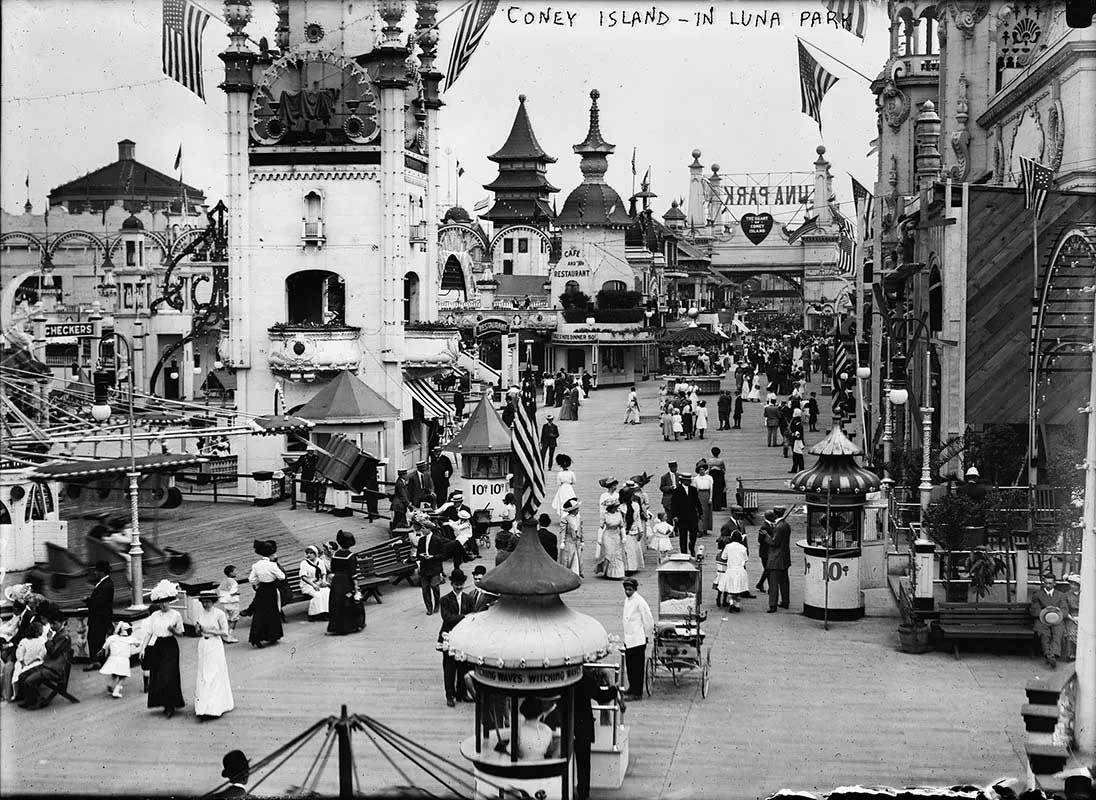
Luna Park. Photo from Library of Congress
From Untapped New York: Many New Yorkers can remember amusement parks like Nunley’s in Nassau County and perhaps Palisades Amusement Park in New Jersey, yet there were at least 20 amusement parks in New York City’s history, many of which are obscure even to long-time city residents. Some may have even attended parks like Freedom Land in the Bronx and Rockaway’s Playland in Queens. Throughout New York’s history, amusement parks have had their fair share of economic distress. A majority have at some point suffered from disastrous fires, while others have suddenly closed due to construction projects. Here is our list of lost amusement parks, from the earliest to the most recent. Some closed as early as 1899 while others closed a decade ago.
Saving the Great American Road Trip
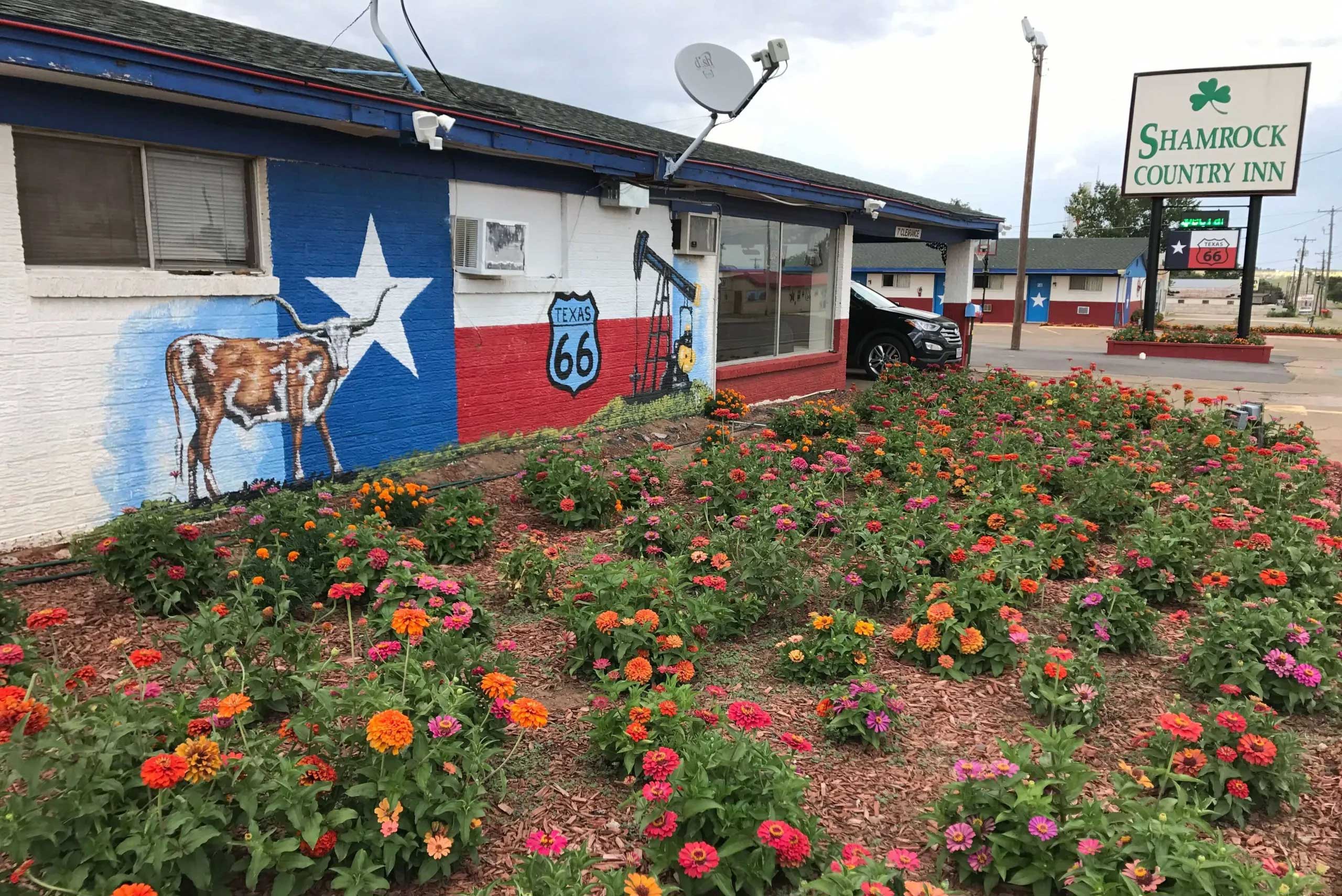
For decades, Americans have looked to the road trip to find themselves. This July 4, poet Derek Mong muses on the classic search. Credit: Shamrock Country Inn
From Zocalo Public Square: My faith in the American road trip was saved by a small town in Texas on the Fourth of July.
When that faith began to waver, and how far the road trip sank on my leaderboard of American pastimes—well, that’s harder to say. Below Putt-Putt golf, perhaps, and south of riverboat gambling. I knew that the highway had taken on an elegiac torpor. I knew that a line by the poet Louis Simpson filled my head: “the Open Road goes to the used-car lot.”
That’s a grim mantra, particularly if you take—or occasionally teach—the American road trip. I’m afraid I do both. In a syllabus I’ve peddled, mostly proudly, for a decade, I offer the road as a mobile entrée to generational angst (Jack Kerouac’s On the Road) and racial hierarchies (Colson Whitehead’s The Underground Railroad). I introduce dads in search of salvation (Cormac McCarthy’s The Road) and young women escaping abuse (Thelma & Louise).
This transcontinental whirlwind of texts implies that road trips are uniquely qualified to capture a country so enormous, beautiful, and flawed. That wanderlust is a defining facet of the American psyche. That we’ll find ourselves just over that hill.
Tujague’s iconic sign finds new home amidst preservation battle
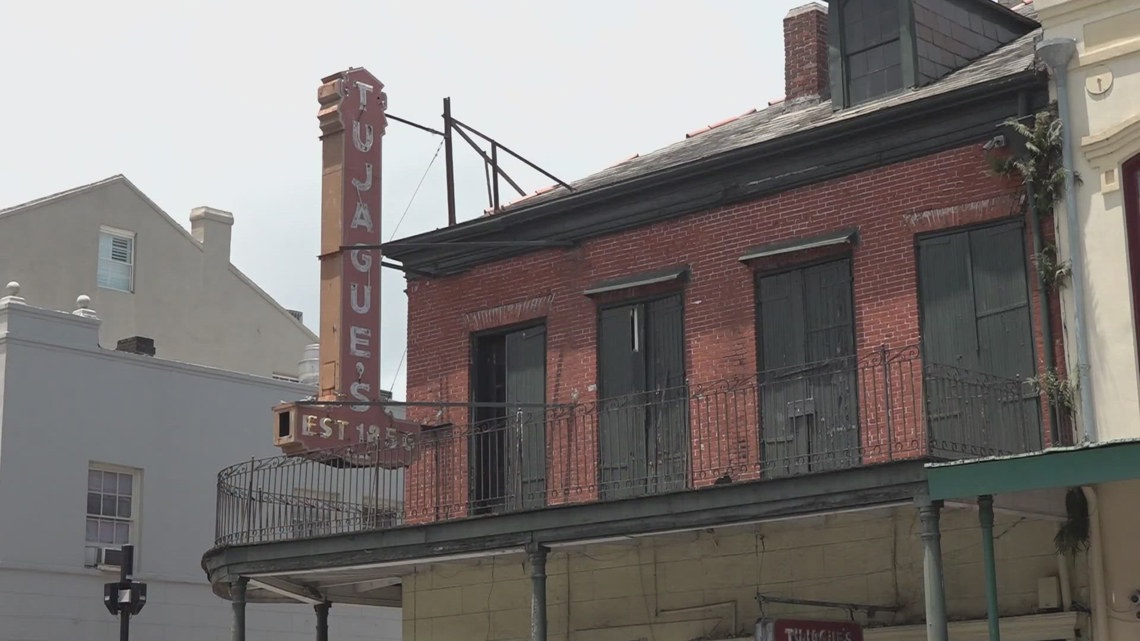
From 4WWL: An iconic 75-year-old sign that once graced Tujague’s, the city’s second oldest restaurant, has been removed from its historic perch, leaving behind a void for many who cherish the French Quarter’s rich past.
For years, a dispute brewed between Tujague’s and its landlord, eventually leading to the restaurant’s relocation. While the restaurant moved, the sign remained – a beacon of history on the 800 block of Decatur. Now, it’s gone.
“This is Not Disneyland”: The Architects Behind Texas’s Prettiest (And Most Thoughtful) Rest Areas
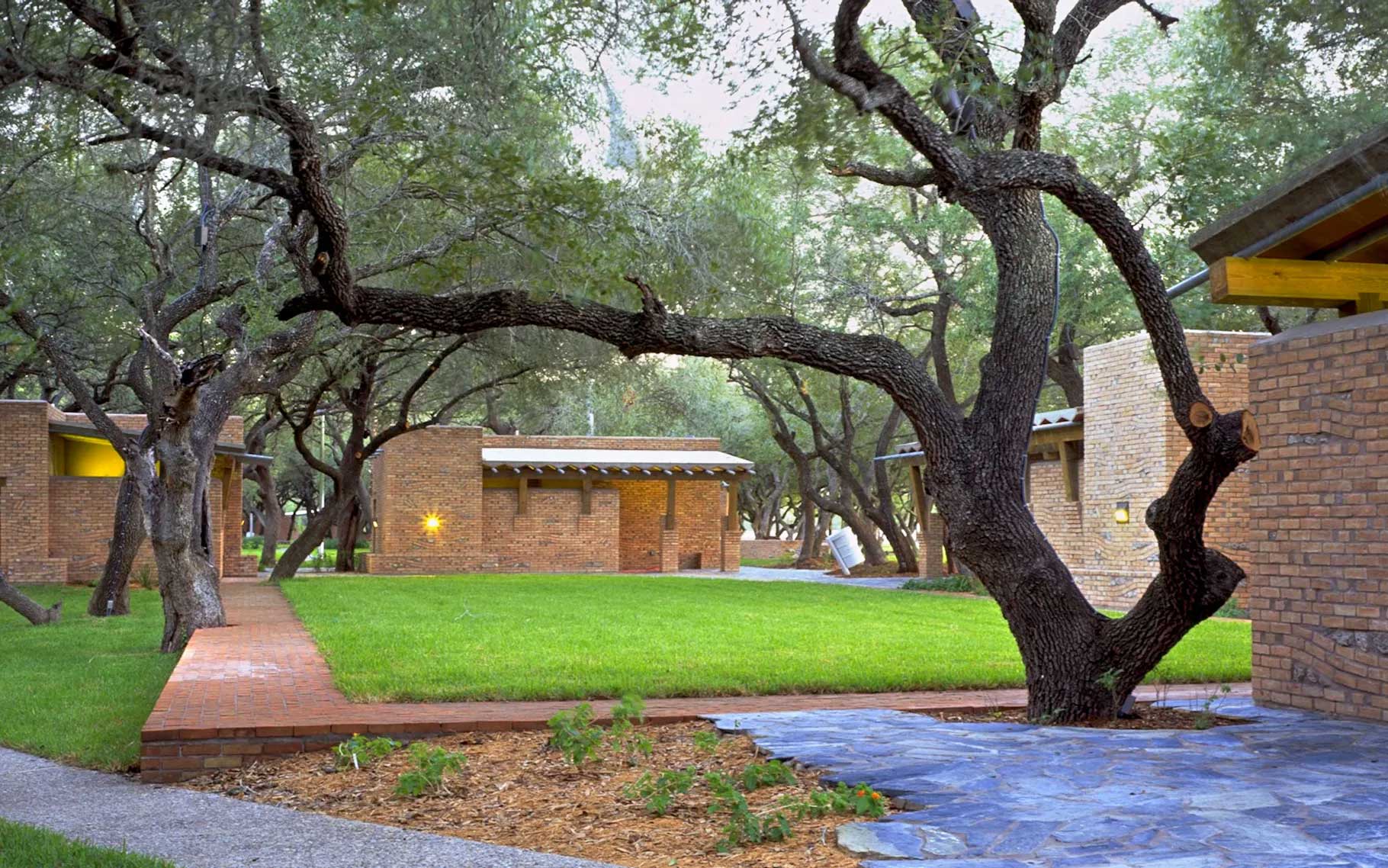
The Brooks County Safety Rest Area in 1997. Courtesy of Richter Architects
From Texas Monthly: Before I visited the Brooks County Safety Rest Area, an hour and a half southwest of Corpus Christi, I looked it up on a bird tracking app. Although it’s a destination on the Great Texas Coastal Birding Trail, I was suspicious, chiefly because I couldn’t imagine a rest area being a destination for anything. But the popular app eBird confirmed that birders frequently visit the stop: Isidro spotted two golden-fronted woodpeckers; Pam saw two hooded orioles and a plague of grackles; Steve identified a Baltimore oriole.
As you might expect at a rest area, many of the sightings were described on eBird as “incidental,” occurring when visitors were doing something besides birding (i.e., scampering to and from the restrooms or buying snacks). But then there were those visits that lasted more than thirty minutes— even, in Isidro’s case, up to an hour. These birders sat peacefully at sheltered picnic tables or strolled the grounds, enjoying themselves on a spit of grass in between the northbound and southbound lanes of Highway 281, about fifteen minutes south of Falfurrias.
Go big and stay home! Why Illinois loves its roadside monsters.
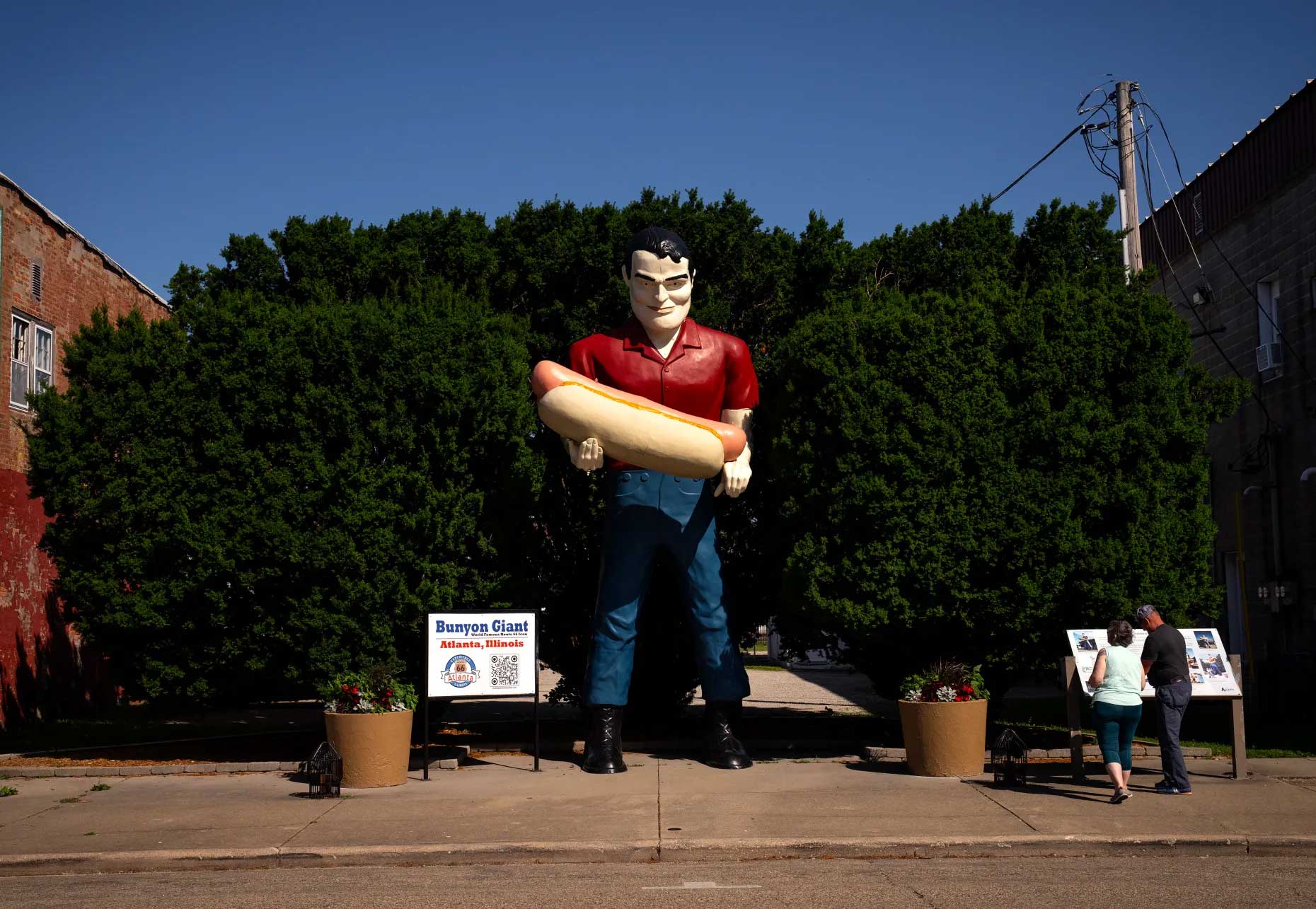
Giant fiberglass Paul Bunyon Hotdog Statue in Atlanta, Illinois, seen on June 21, 2025. E. Jason Wambsgans/Chicago Tribune
From the Chicago Tribune: Megafauna.
No, wait: MEGAFAUNA. Better. A perfect word, and fun to say.
In fact, “megafauna” is not even a scientific term. It just sounds like one. It’s something we say to refer to, in a quasi-professional way, the largest beasts in the world, the biggest of the big. Your blue whales. Your African bush elephants. But since it’s not formal, why not broaden the definition: “Megafauna” could also refer to your fiberglass Bob’s Big Boys and your gargantuan Muffler Men — anything awe-inspiringly outsized that traditionally exists outside, in the wild. Like the Trojan Horse-size Radio Flyer wagon on the front lawn of the toy company’s Elmwood Park headquarters.


